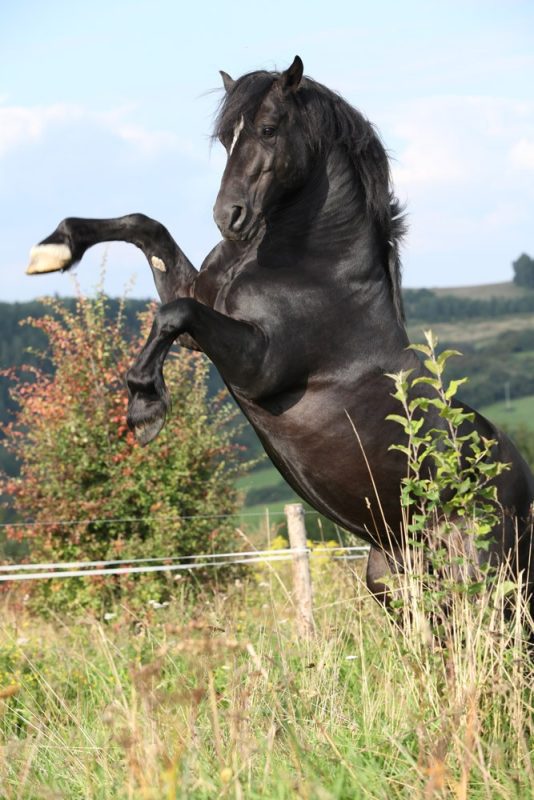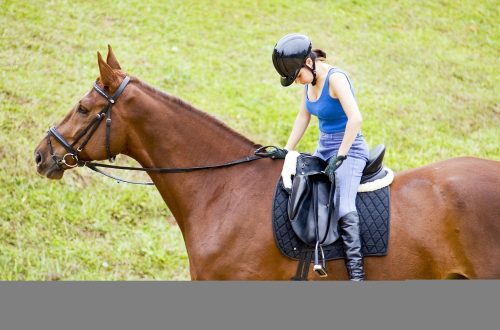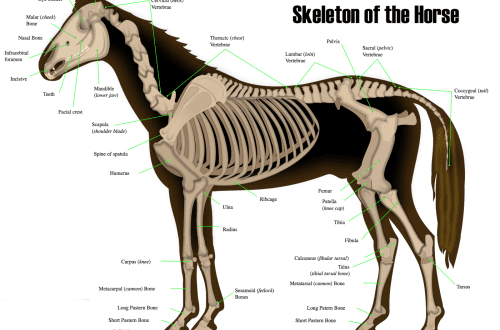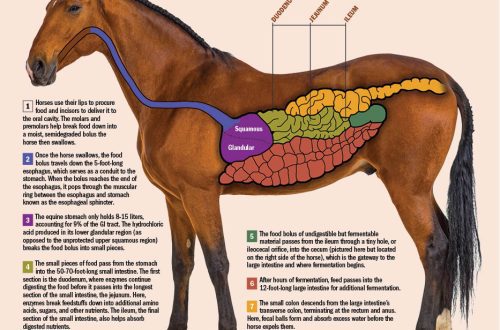
End of ball! Let’s blow out the candles!
End of ball! Let’s blow out the candles!
Candles are a dangerous and undesirable feature of the behavior of some horses. But what are the causes of this bad habit, and what can we do to overcome it?
Of course, we would like to have a panacea method with which we could correct the behavior of the horse in one go.
When people ask themselves the question: “What to do if the horse stood on a candle?”, There is only one answer – “Nothing”. At this particular moment, it is really too late to do anything, so just try to sit still without grabbing the reins (you need to loosen it as much as possible) and moving the horse forward.
To start, let’s Let’s take a look at the reasons why a horse might get on the candle, and then look at a proven technique that will help you build a solid foundation for maintaining horse and rider confidence.
So why do horses glow?

The horse glows only at times when it is psychologically unstable and agitated. Her condition can be caused by fear, stagnation, confused rider commands, etc. Standing up on a candle, the horse engages 100% of the back: hind legs, lower back and back – this is the mechanism that lifts the front of the horse up.
The front legs of the horse push off the ground (some horses, before making a rise, swaying from foot to foot), the spine is straight, the lower back muscle keeps everything in balance. The good news for us is that the candle requires a lot of effort and physical fitness from the horse, so many horses cannot stay in this position for a long time, they get tired.
The most common reasons for climbing a candle are fright or protest against the rider’s conflicting commands.
An inexperienced rider may pull on the reins and push the horse with his heels, not realizing that he is thus signaling the opposite action, and in addition, he accumulates the horse on the back, which makes it easier for him to stand on the candle. When the horse rises, the rider immediately removes the pressure, which is perceived by the animal as “encouragement” of his behavior. The horse begins to understand how to get rid of what frightens or unnerves her, what she cannot understand.
What can we do? The key to preventing candles is to subordinate the horse’s hind legs to the rider. Of course, the rider can prevent the candle by twisting the horse’s head and neck, making it uncomfortable or impossible for him to get up. But such actions will not bring long-term results. We need to correct the horse’s behavior, not just prevent him from climbing the candles, and such an adjustment will undoubtedly take time.
1. Start work from the ground (you must have a halter and lead with you). Classes are best done in a small free fenced arena or barrel, levada.
Put a halter on the horse, pick up the lead rope. Stand at the horse’s shoulder, holding the lead loose (let it sag). Take the free end and rock it gently, tapping on the neck, shoulder, sides of the horse. You need to show that when you do this, no response is required from the horse. If the horse tries to walk (he should not be restrained by the pressure of the halter), stop him gently and start again. Try not to stop spanking with the lead at the moment when the horse started and you stopped it. Most horses respond to “zero” halter pressure with movement. Many horses are used to standing only when held.
2. Place one hand on the horse’s nose, and with the other, lightly press where your leg is. Don’t poke, but gradually build up the pressure until the horse makes at least a minimal attempt to get away from the pressure. Immediately rub the place where you pressed, start stroking it until the horse stops. At this stage, don’t focus on the correct movement of the hind legs – the horse just needs to respond to the pressure. The most important thing is to show the horse that the pressure disappears as soon as he turns on him. Attention. This is the factor that builds the horse’s confidence.
3. Horses are brilliant learners, so you’ll notice progress fairly quickly. Encourage the horse’s slightest attempts, strive to ensure that he responds to the slightest pressure. Your goal is for the horse to continuously move its hindquarters to the side in response to light pressure, making a full circle around the forelegs, in both directions. The front legs should remain in place while the lead does not apply holding pressure.
4. When you are comfortable with the previous exercises, make it harder by adding a saddle.
While still on the ground, use a stirrup instead of your hand to apply pressure. The pressure will be felt a little differently by the horse, moreover, the situation will be more similar to that which occurs when riding.
At this stage, you will need to teach the horse to turn its head to the sides, bend at the back of the head. You will find that if, using a lead lead, you ask your horse to drop his nose and turn it to the left or right, he will do it without resistance and remain soft and supple. Horses are looking for comfort, and stepping with the legs under the body is much more comfortable if the nose is not up. If we compare the hind legs of a horse with a car engine, then we can imagine the following: until we connect it through the clutch discs to the wheels, no matter how much we press the gas pedal, the energy will go nowhere. It is the same here: until we create a grip with the mouth, the energy from the buttocks will dissolve.
5. If the horse is regularly worked on the bridle, then now you can use it. Controlling the energy of the hind legs requires side bending of the head and neck, and these are best done with a snaffle or hackamore. While on the ground, disassemble the reins in one hand. Turn the horse’s head to bend at the poll, and at the same time ask him to move his butt to the side in a circle, applying constant pressure. If the horse begins to understand you, he will relax his head, lower it, begin to lick his lips, move his ears. Try to keep the pressure you put on the horse’s side light.
6. When the horse has successfully completed the previous step, you can proceed to the next. Sit in the saddle and try to repeat what you did on the ground. Many horses take the weight on their back as a signal to move. If this is your case, you will have to start from the first step. As a result, the horse should stand still, no matter what happens in the saddle. She should start moving forward only after the appropriate command.
7. Repeat the steps we took on the ground. It is enough to bend the back of the horse’s head until the edge of the horse’s eye is visible to you. Try to keep leg pressure to a minimum, each time praising the horse for the slightest correct action. Horses quickly learn and get used to our signals if they are constant and systematic.
8. As you progress, add forward movement. Don’t take on too much rein, keep the contact soft. Be more of a passenger. Take a few steps forward, then ask your horse to drop his nose and take a step to the side. Release the reins and walk forward again.
How long will this whole process take? It depends both on you and on the horse – on how quickly mutual understanding will arise between you. There are horses that learn this so quickly that the rider thinks he is doing something wrong. And there are horses that will take a few sessions just to realize that the weight of the rider is not a signal to move.
Regardless of the discipline you are in, these exercises will increase your horse’s confidence in you. You will know a method that will relax and soothe her. When you feel that the horse is tense, confused or afraid of something, distract her with this work.
When you have the horse’s hind limbs at your disposal, you will be able to control their actions, and therefore the horse itself.
Karen School; translation by Valeria Smirnova (source)





